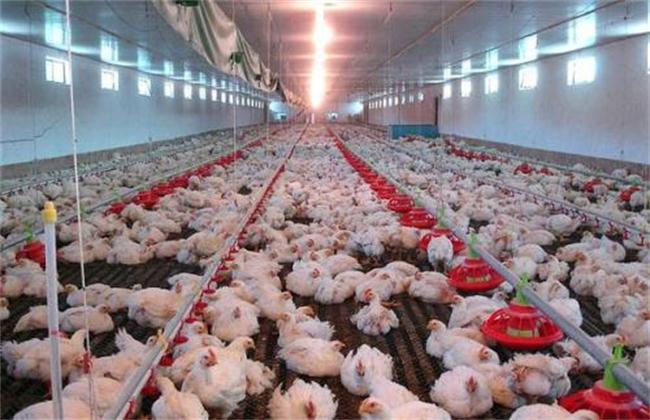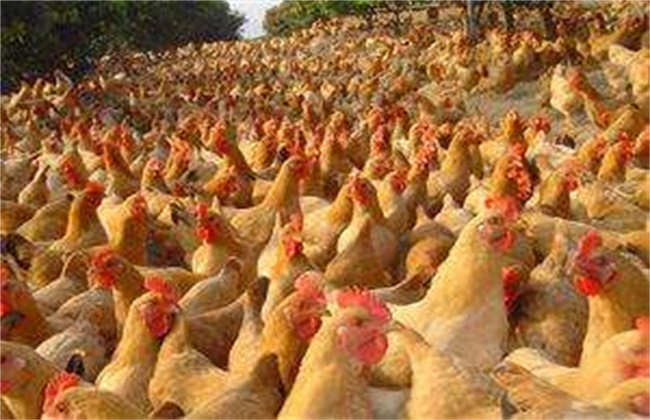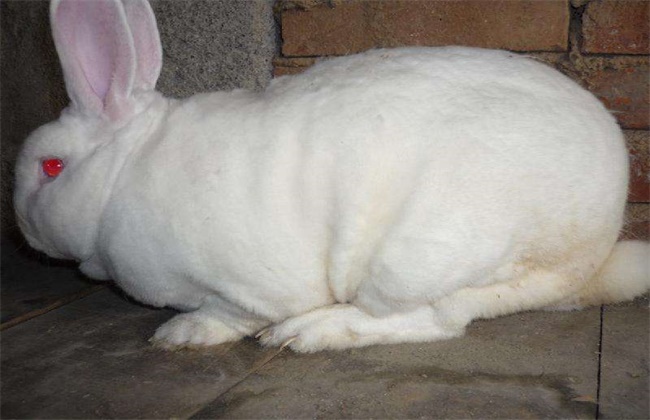How to raise broilers
In the breeding industry, the feed conversion rate of broilers is extremely high and grows fast, generally in a ratio of two to one, of which about 60% of the total cost is feed expenses. Therefore, according to this situation, when arranging the production and listing of broilers, we should comprehensively consider the market demand at that time, feed market price and other external factors in order to maximize economic benefits.
I. selection of sites

It is appropriate to choose a place with high terrain, dry environment, shelter from the wind and sun, slope to facilitate drainage and convenient transportation. Must be far away from the crowd residential areas, it is best not to have other farms nearby, you can choose in the shelterbelt, or mountain isolation area, to facilitate the prevention and control of epidemic. It is convenient to have a water source with good water quality nearby.
II. Construction of chicken coop
Broilers generally come out of the same column, so you can decide how many henhouses to build according to the scale of your own breeding. The top of the chicken house should be sloping top, need to add isolation layer, the inside of the top should be covered with a layer of plastic sheet to facilitate heat preservation and washing disinfection. In addition, skylights need to be ventilated at intervals of 5 to 6 meters, but skylights must be covered with rain caps. Fixed walls should be built around the henhouse, with a window that is 1 meter long and 0.9 meters wide every 3 meters. A ventilator can also be installed at both ends. Between the fence and the ground, a wing window is provided every 3 to 4 meters, about 40 by 40 centimeters. Or build underground ventilation ducts. The chicken house had better use cement floor to prevent other animals from entering. A foot disinfection pool as wide as a door must be built at the entrance.
Third, feeding and management.
1. Close the breeding area, restrict visitors, prevent people from carrying germs, disinfect and sterilize visitors, and wear work clothes to enter.
2. The equipment of drinking water and feeding should be sufficient to meet the drinking water and feeding of each one. In the chicken stage, the net bed of the chicken house can be separated into a separate chicken house with plastic sheeting, only part of the net bed can be used, and more net beds will be used when the chicken seedlings grow up gradually. Reasonable regulation of breeding density is beneficial to the development of chicken flocks.
3. Chickens need a lot of light to grow, not only natural light every day, but also artificial light for a certain period of time. Therefore, lighting circuits should be installed in the henhouse according to the range, with a lamp holder every 3 meters and a light bulb of about 10 square meters. Incandescent lamps should be used to ensure that all chickens can receive enough light.
5. When using 30% humidity feed, it is probably in the state of loosening the ball in the hand, and about 25 jin of water is added to the 100 jin feed. Although the feed itself has a certain amount of moisture, it should be sprinkled every other hour to maintain humidity because of air evaporation.
6. The cage density is less than that of the net, generally 6 to 8 chickens in a cage, the relaxation of density is conducive to disease control.
7. The temperature during the rearing period should be kept at about 35 degrees, and half of the mouth should be opened. A stove can be used for heating in cold weather. In order to prevent gas poisoning, chimneys should be set up to reasonably extend the chimneys to facilitate heat emission and save resources. Equipment for cleaning the chicken coop, such as high-pressure cleaners and disinfection sprayers, should be prepared.
There will be a variety of practical problems in the breeding process, but I hope the above content can provide some effective help to farmers who want to breed. In reality, we should also deal with the problems encountered in aquaculture according to the real situation.
Related
- On the eggshell is a badge full of pride. British Poultry Egg Market and Consumer observation
- British study: 72% of Britons are willing to buy native eggs raised by insects
- Guidelines for friendly egg production revised the increase of space in chicken sheds can not be forced to change feathers and lay eggs.
- Risk of delay in customs clearance Australia suspends lobster exports to China
- Pig semen-the Vector of virus Transmission (4)
- Pig semen-the Vector of virus Transmission (3)
- Five common causes of difficult control of classical swine fever in clinic and their countermeasures
- Foot-and-mouth disease is the most effective way to prevent it!
- PED is the number one killer of piglets and has to be guarded against in autumn and winter.
- What is "yellow fat pig"? Have you ever heard the pig collector talk about "yellow fat pig"?



